You are signed out
Join Innoget to connect with Larisa Sheloukhova and thousands
of innovation-driven professionals and organizations
Global Tech Commercialization at Kyoto University
Kyoto University was founded in 1897, the second university to be established in Japan. Kyoto University is among 10 National Designated Universities in Japan. It boasts 18 graduate schools, 10 faculties, 12 research institutes, and 26 centers and other establishments. Research conducted at Kyoto University spans the full spectrum of fields from social to natural science.
The outstanding research conducted at Kyoto University gives birth to useful technologies that could greatly benefit society. SACI (Society-Academia Collaboration for Innovation Office) was established at Kyoto University to bridge the gap between researchers and industry. We facilitate joint research, technology transfer, creation of university startups, and provide entrepreneurial education. We are building a strong network of global industry partners to make sure basic research reaches the market.
Kyoto University
April 2023 - Present
Kyoto
Lifespan Extension Advocacy Foundation
May 2022 - April 2023
NY
Lifetime Ventures
September 2022 - November 2022
Okinawa
Reckitt Benckiser
December 2013 - August 2015
Moscow
Okinawa Institute of Science and Technology
September 2015 - March 2022
Neurobiology
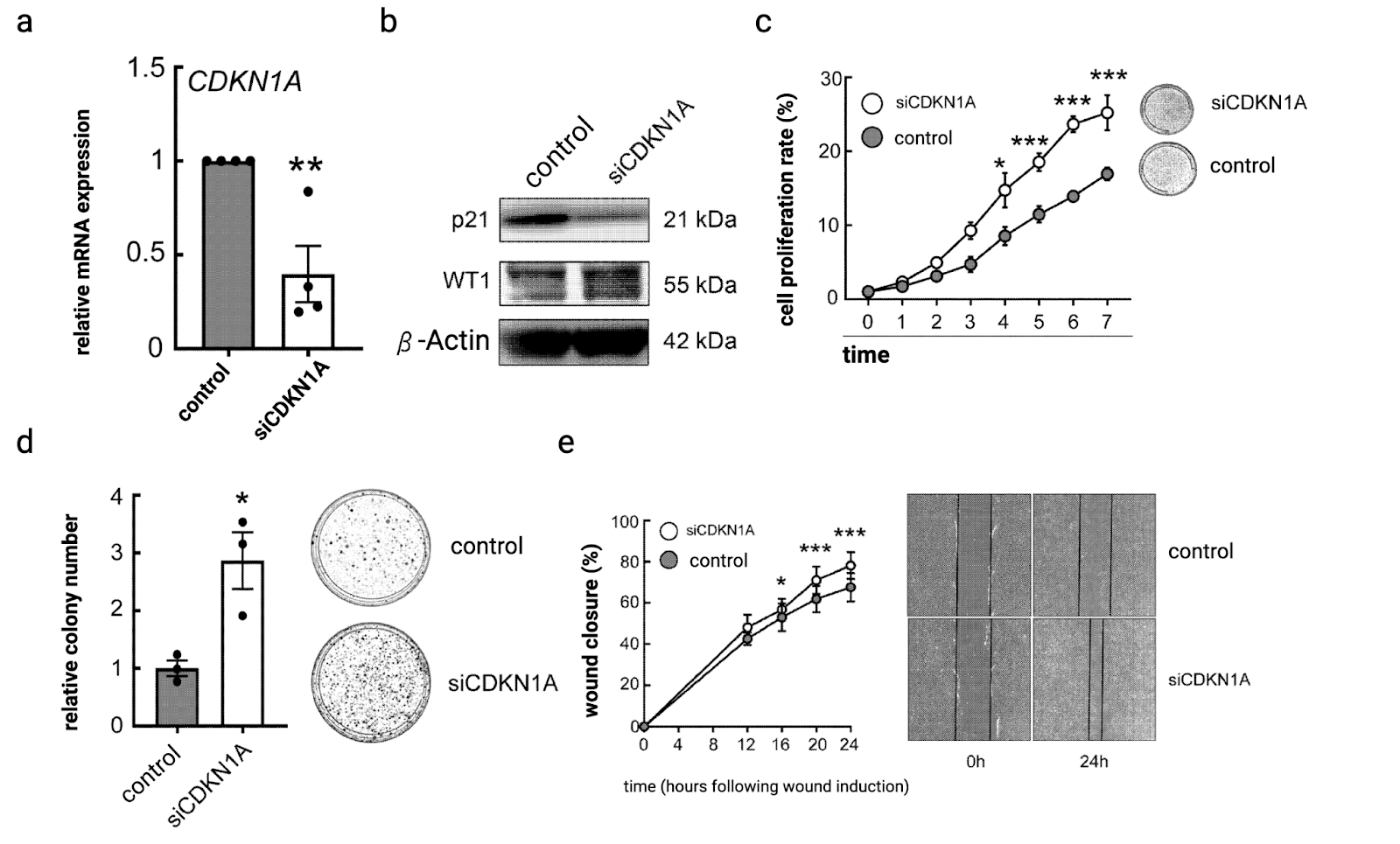
Cardiovascular diseases are the number one killer worldwide. The human heart cannot regenerate, so regenerative therapeutic approaches need to be developed urgently. The wall of the heart is composed of three layers: epicardium, myocardium, and endocardium. The epicardium is the external protective […]
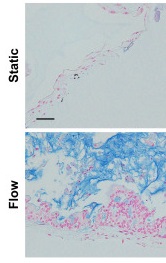
Microfluidic organ-on-a-chip technique has recently gained attention for modeling various organs, including the small intestine. A variety of intestine chip designs have been implemented with the double-layer channel separated by a porous PDMS membrane as the most popular option. Available on the ma[…]
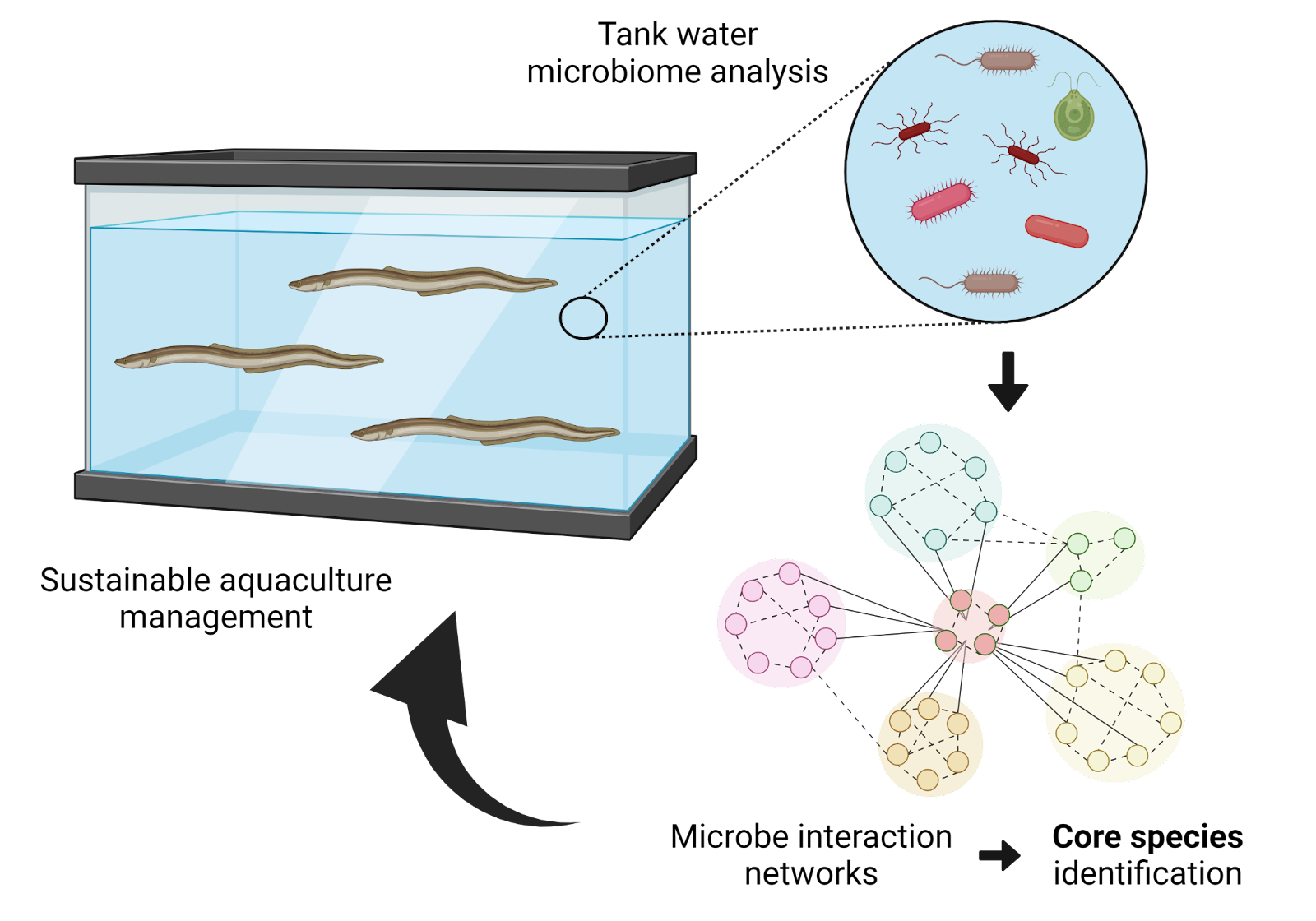
Seafood is a major source of nutrition for more than 1 billion people. Aquaculture has become an essential production method of seafood but is facing several challenges. Aquaculture contamination is a major limiting factor that impedes growth, reduces stocks, and requires additional costs for treatm[…]
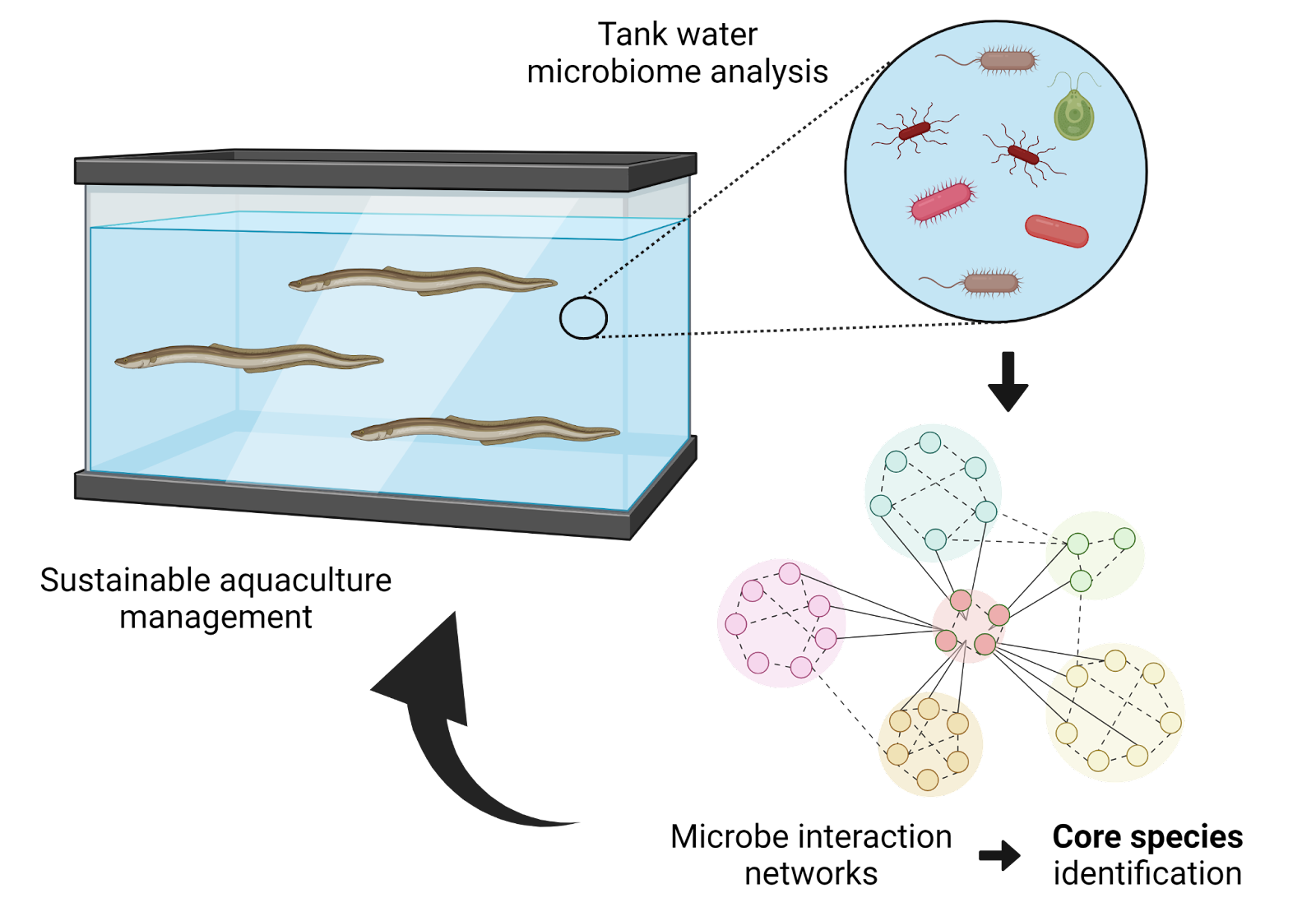
Seafood is a major source of nutrition for more than 1 billion people. Aquaculture has become an essential production method of seafood but is facing several challenges. Aquaculture contamination is a major limiting factor that impedes growth, reduces stocks, and requires additional costs for treatm[…]
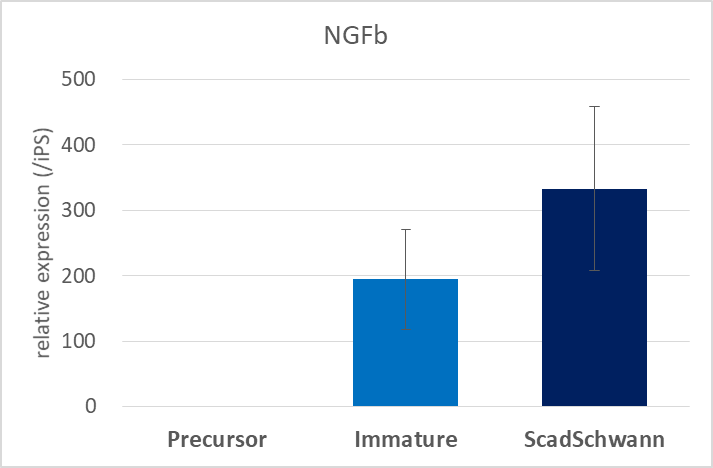
There are many types of nerve injuries awaiting new advanced therapies. One example is entrapment neuropathy, a group of injuries caused mainly by compression of peripheral nerves, resulting in numbness, pain, sensory disturbance, and muscle weakness, which significantly impair patients’ daily lives[…]
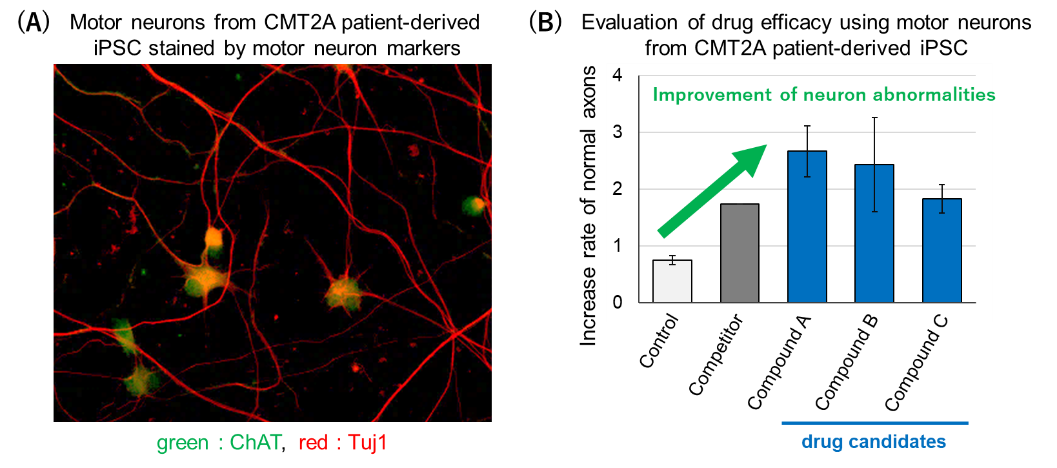
Charcot-Marie-Tooth disease (CMT) is one of the most common rare diseases affecting approximately 1 in 2,500 - 5,000 people, or 3 million people in total worldwide. It is characterized by progressive peripheral neuropathy. The disease appears in two main forms: demyelination of the myelin sheath, […]
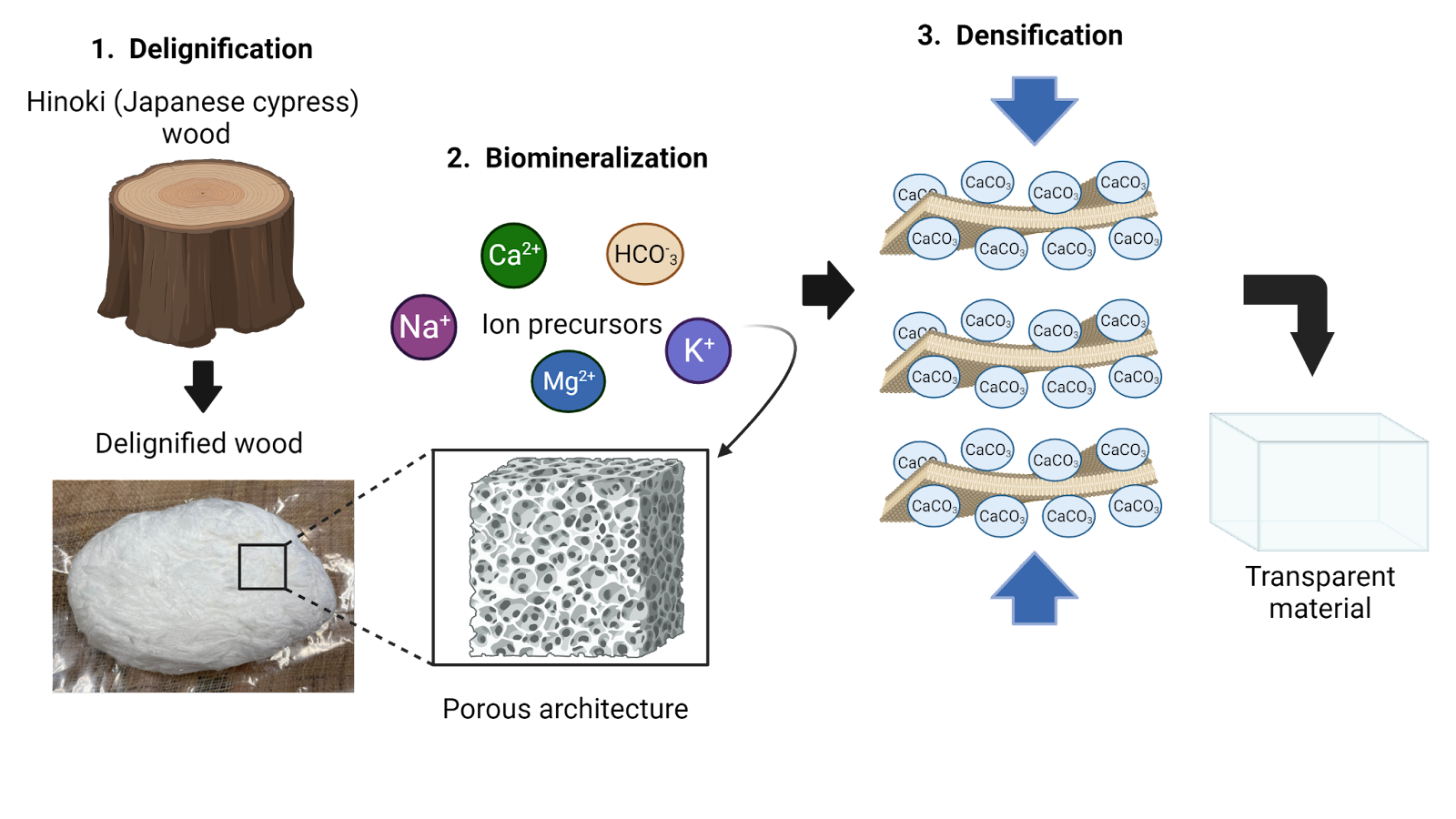
Bio-inspired materials are gaining more and more interest, especially as alternatives to plastic. Biominerals such as seashells and pearls are materials generated by living organisms and composed of both organic and inorganic matter which gives them high toughness. However, such materials are usuall[…]
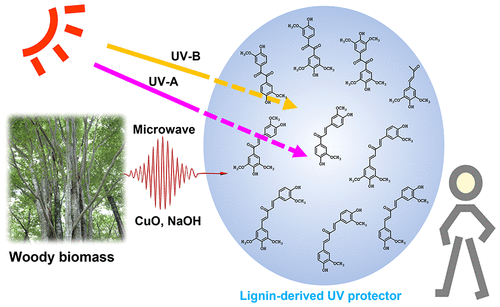
SDG implementation dictates the utilization of renewable natural resources. Woody biomass is a useful renewable organic resource. Plant cell wall is mostly made of polysaccarides, cellulose and hemicellulose, and lignin, which are linked together in a highly complex structure and comprise the bulk o[…]
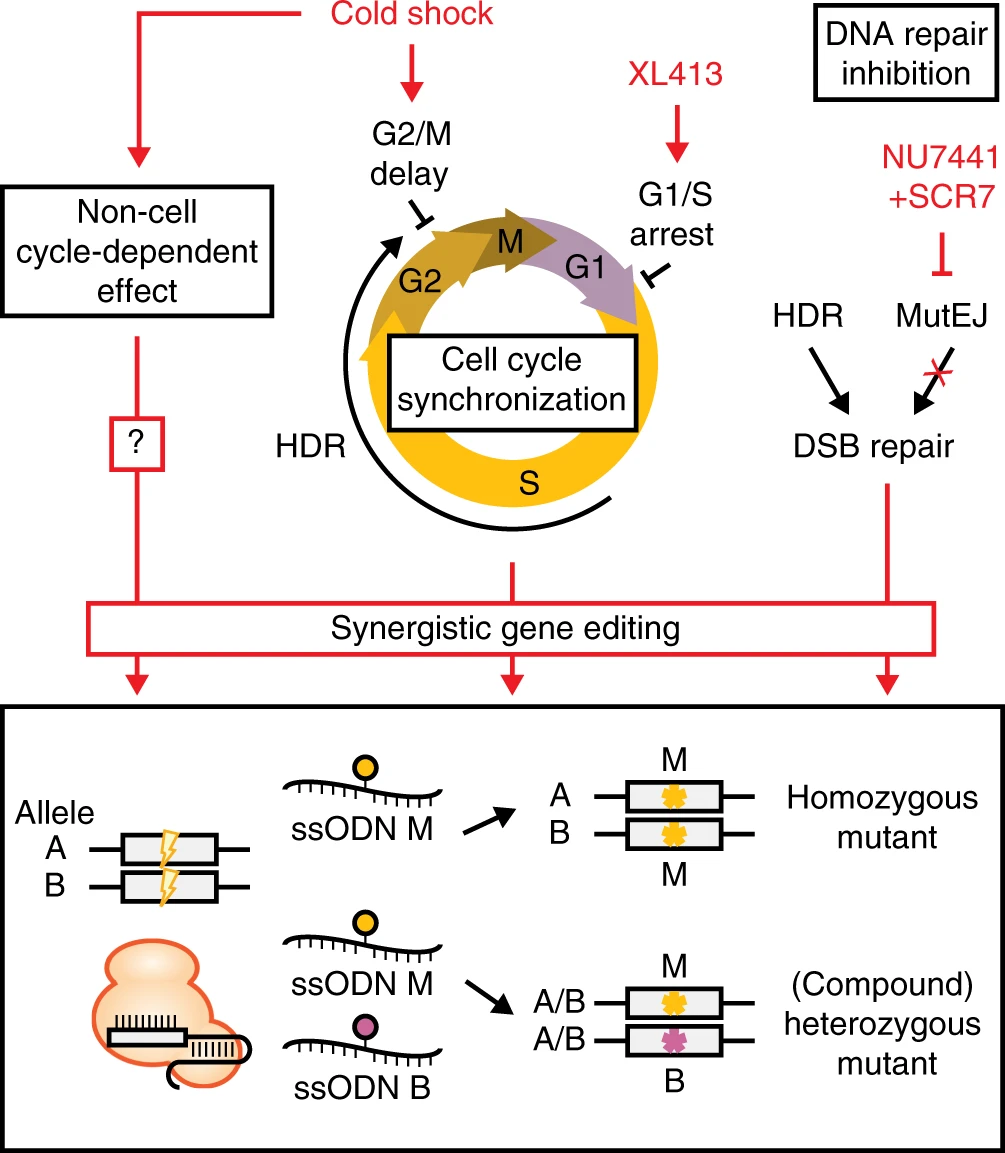
The discovery of CRISPR-Cas system for genome editing has revolutionized experimental biology. Research labs all over the world are using multiple variations of the system to answer fundamental questions in genetics, model diseases, and develop therapies. However, precise gene editing to generate si[…]
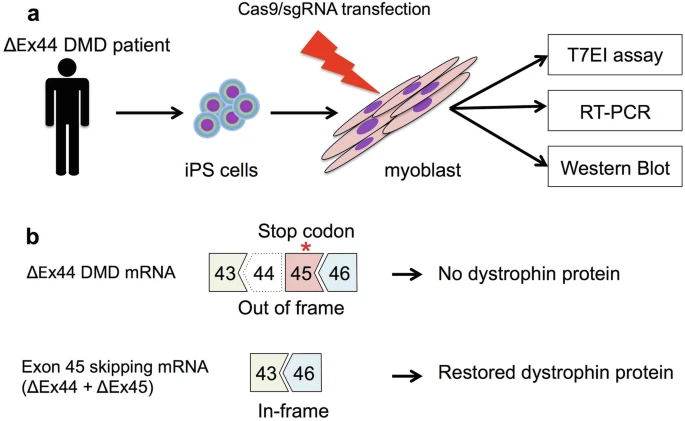
Background Duchenne muscular dystrophy (DMD) is a rare, severe genetic disease characterized by progressive muscle wasting. It is caused by mutations in DMD gene that prevent the production of the muscle isoform of dystrophin protein. The symptom onset is usually in early childhood and life expec[…]

Background Gene therapy holds great potential for the treatment of genetic diseases. However, delivery to specific tissues is still a major bottleneck. Although AAV-delivered CRISPR-Cas9 editing is being developed for multiple diseases, its therapeutic translation is hindered by the limited packa[…]
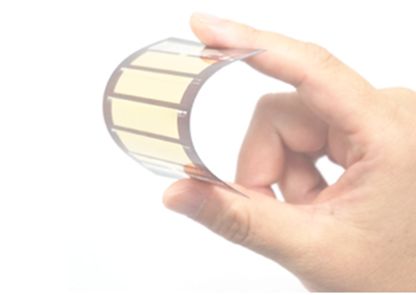
Background Perovskite solar cells (PSCs) are a promising low-cost-per-watt solar technology that has soared in efficiencies from 4% to 26% in the last decade. PSCs include a Perovskite layer composed of a ABX3 crystal-structured hybrid organic–inorganic material sandwiched between several other l[…]
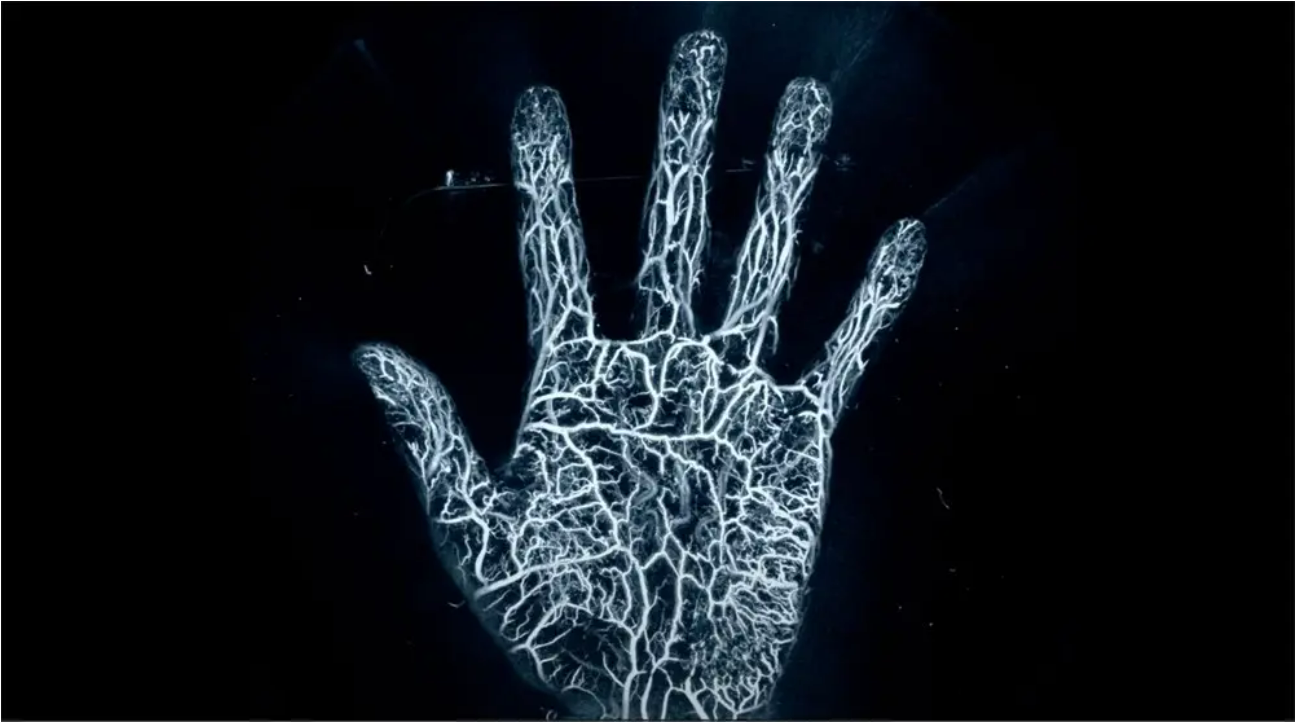
Background Various diseases such as diabetes, cardiovascular disorders, collagen diseases, and cancer are characterized by blood vessel damage or induced angiogenesis. However, there are no technologies that allow high-resolution non-invasive imaging of blood vessels. The techniques currently use[…]
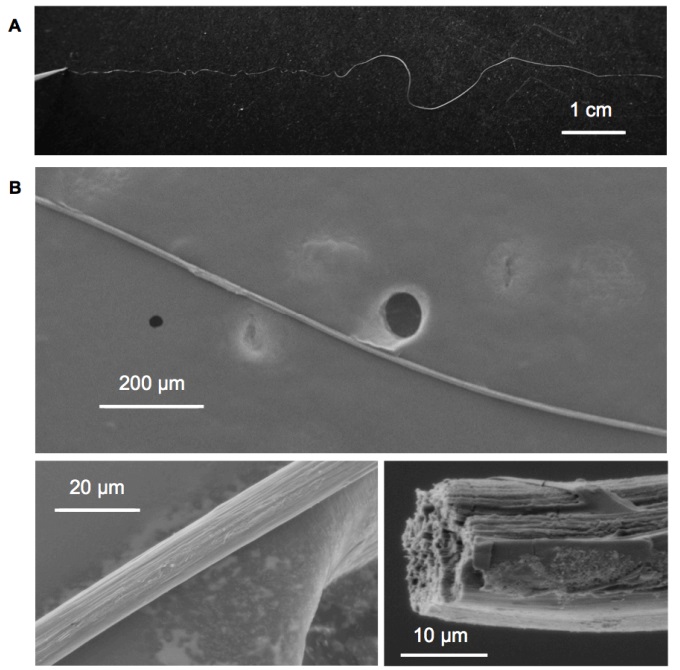
Background Spider silk, particularly dragline silk, has exceptional mechanical properties which make it an attractive source of natural fiber for different materials. Dragline silk is strong, tough, light, wettable, biodegradable and biocompatible. However, the adoption of spider dragline silk as[…]
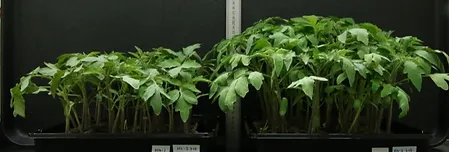
Background Agroecosystems face multiple challenges worldwide. Agricultural lands are deteriorating, crops are exposed to extreme weather conditions, and new strains of pests resistant to chemical pesticides are emerging. In order to build sustainable agroecosystems, minimize devastating diseases,[…]


Cardiovascular diseases are the number one killer worldwide. The human heart cannot regenerate, so regenerative therapeutic approaches need to be developed urgently. The wall of the heart is composed of three layers: epicardium, myocardium, and endocardium. The epicardium is the external protective […]

Microfluidic organ-on-a-chip technique has recently gained attention for modeling various organs, including the small intestine. A variety of intestine chip designs have been implemented with the double-layer channel separated by a porous PDMS membrane as the most popular option. Available on the ma[…]

Seafood is a major source of nutrition for more than 1 billion people. Aquaculture has become an essential production method of seafood but is facing several challenges. Aquaculture contamination is a major limiting factor that impedes growth, reduces stocks, and requires additional costs for treatm[…]

Seafood is a major source of nutrition for more than 1 billion people. Aquaculture has become an essential production method of seafood but is facing several challenges. Aquaculture contamination is a major limiting factor that impedes growth, reduces stocks, and requires additional costs for treatm[…]

There are many types of nerve injuries awaiting new advanced therapies. One example is entrapment neuropathy, a group of injuries caused mainly by compression of peripheral nerves, resulting in numbness, pain, sensory disturbance, and muscle weakness, which significantly impair patients’ daily lives[…]

Charcot-Marie-Tooth disease (CMT) is one of the most common rare diseases affecting approximately 1 in 2,500 - 5,000 people, or 3 million people in total worldwide. It is characterized by progressive peripheral neuropathy. The disease appears in two main forms: demyelination of the myelin sheath, […]

Bio-inspired materials are gaining more and more interest, especially as alternatives to plastic. Biominerals such as seashells and pearls are materials generated by living organisms and composed of both organic and inorganic matter which gives them high toughness. However, such materials are usuall[…]

SDG implementation dictates the utilization of renewable natural resources. Woody biomass is a useful renewable organic resource. Plant cell wall is mostly made of polysaccarides, cellulose and hemicellulose, and lignin, which are linked together in a highly complex structure and comprise the bulk o[…]

The discovery of CRISPR-Cas system for genome editing has revolutionized experimental biology. Research labs all over the world are using multiple variations of the system to answer fundamental questions in genetics, model diseases, and develop therapies. However, precise gene editing to generate si[…]

Background Duchenne muscular dystrophy (DMD) is a rare, severe genetic disease characterized by progressive muscle wasting. It is caused by mutations in DMD gene that prevent the production of the muscle isoform of dystrophin protein. The symptom onset is usually in early childhood and life expec[…]

Background Gene therapy holds great potential for the treatment of genetic diseases. However, delivery to specific tissues is still a major bottleneck. Although AAV-delivered CRISPR-Cas9 editing is being developed for multiple diseases, its therapeutic translation is hindered by the limited packa[…]

Background Perovskite solar cells (PSCs) are a promising low-cost-per-watt solar technology that has soared in efficiencies from 4% to 26% in the last decade. PSCs include a Perovskite layer composed of a ABX3 crystal-structured hybrid organic–inorganic material sandwiched between several other l[…]

Background Various diseases such as diabetes, cardiovascular disorders, collagen diseases, and cancer are characterized by blood vessel damage or induced angiogenesis. However, there are no technologies that allow high-resolution non-invasive imaging of blood vessels. The techniques currently use[…]

Background Spider silk, particularly dragline silk, has exceptional mechanical properties which make it an attractive source of natural fiber for different materials. Dragline silk is strong, tough, light, wettable, biodegradable and biocompatible. However, the adoption of spider dragline silk as[…]

Background Agroecosystems face multiple challenges worldwide. Agricultural lands are deteriorating, crops are exposed to extreme weather conditions, and new strains of pests resistant to chemical pesticides are emerging. In order to build sustainable agroecosystems, minimize devastating diseases,[…]





